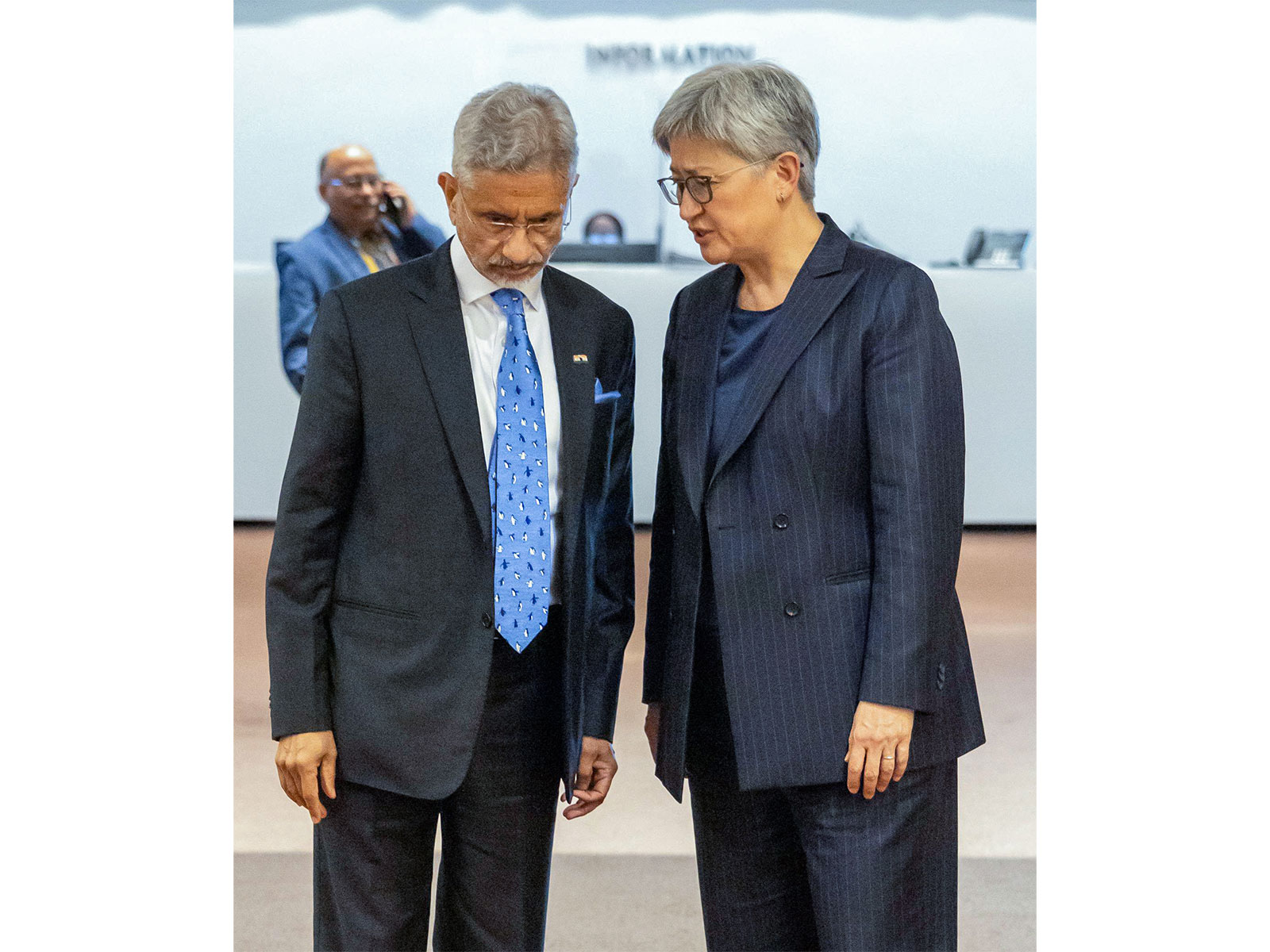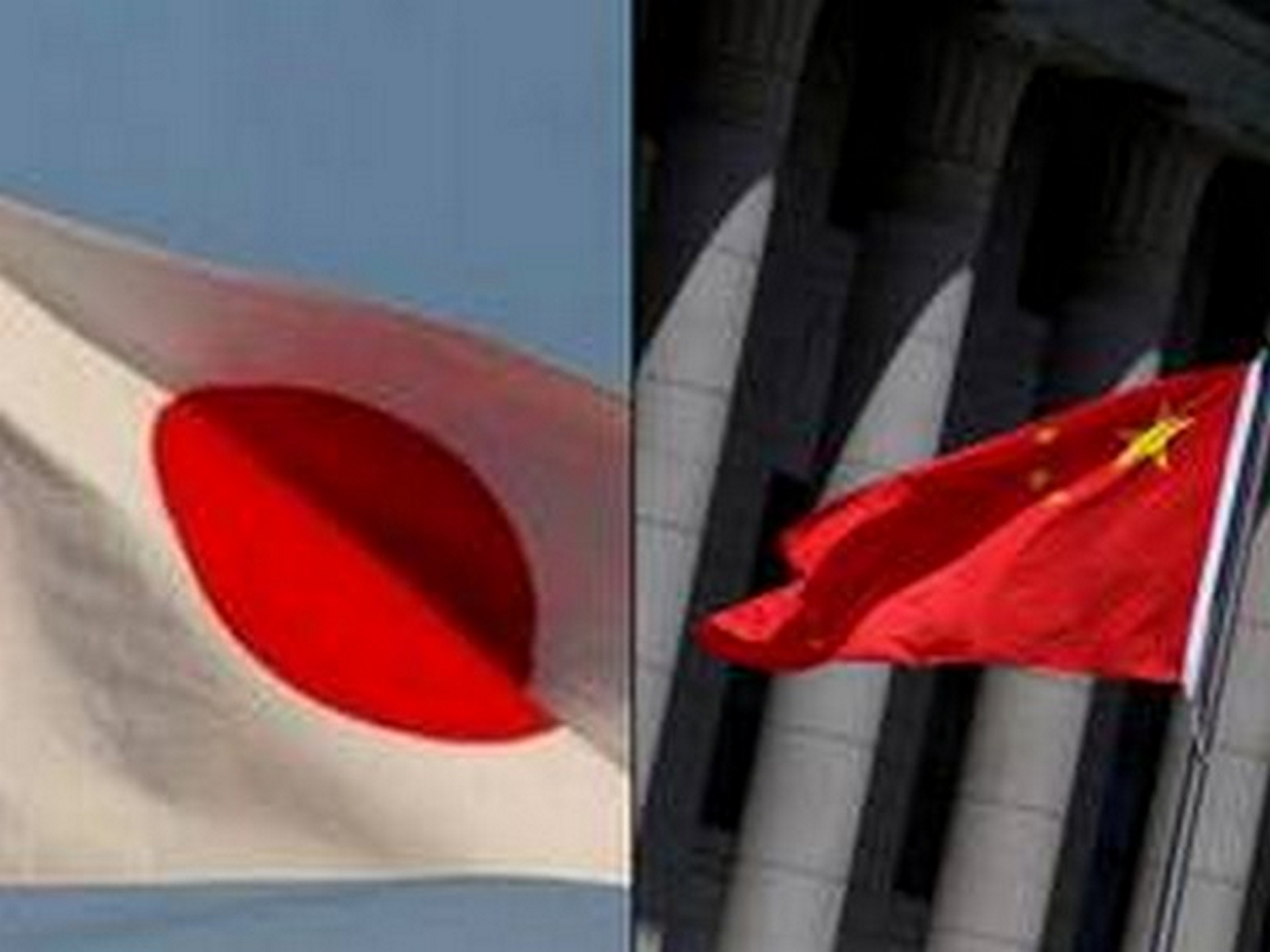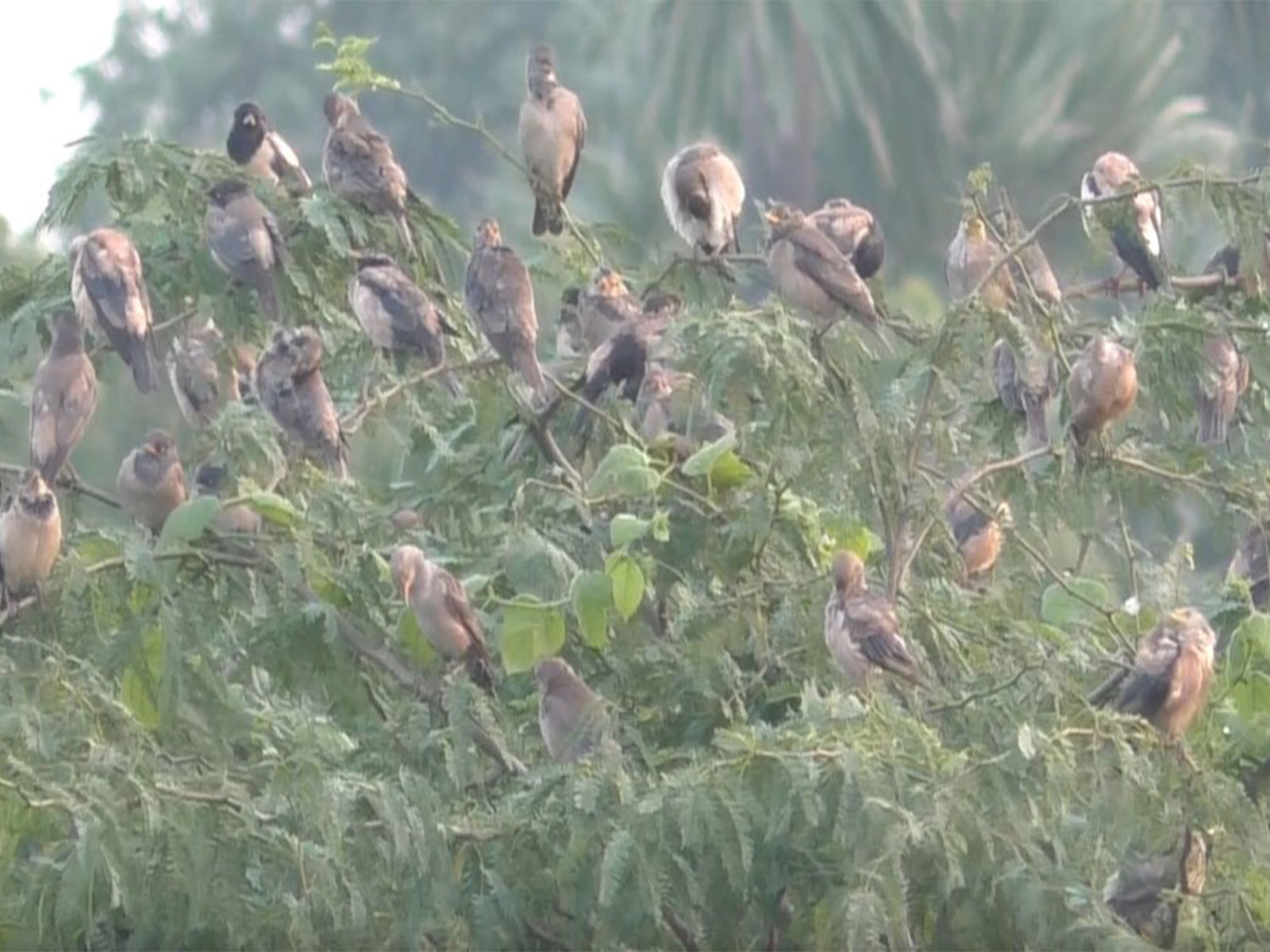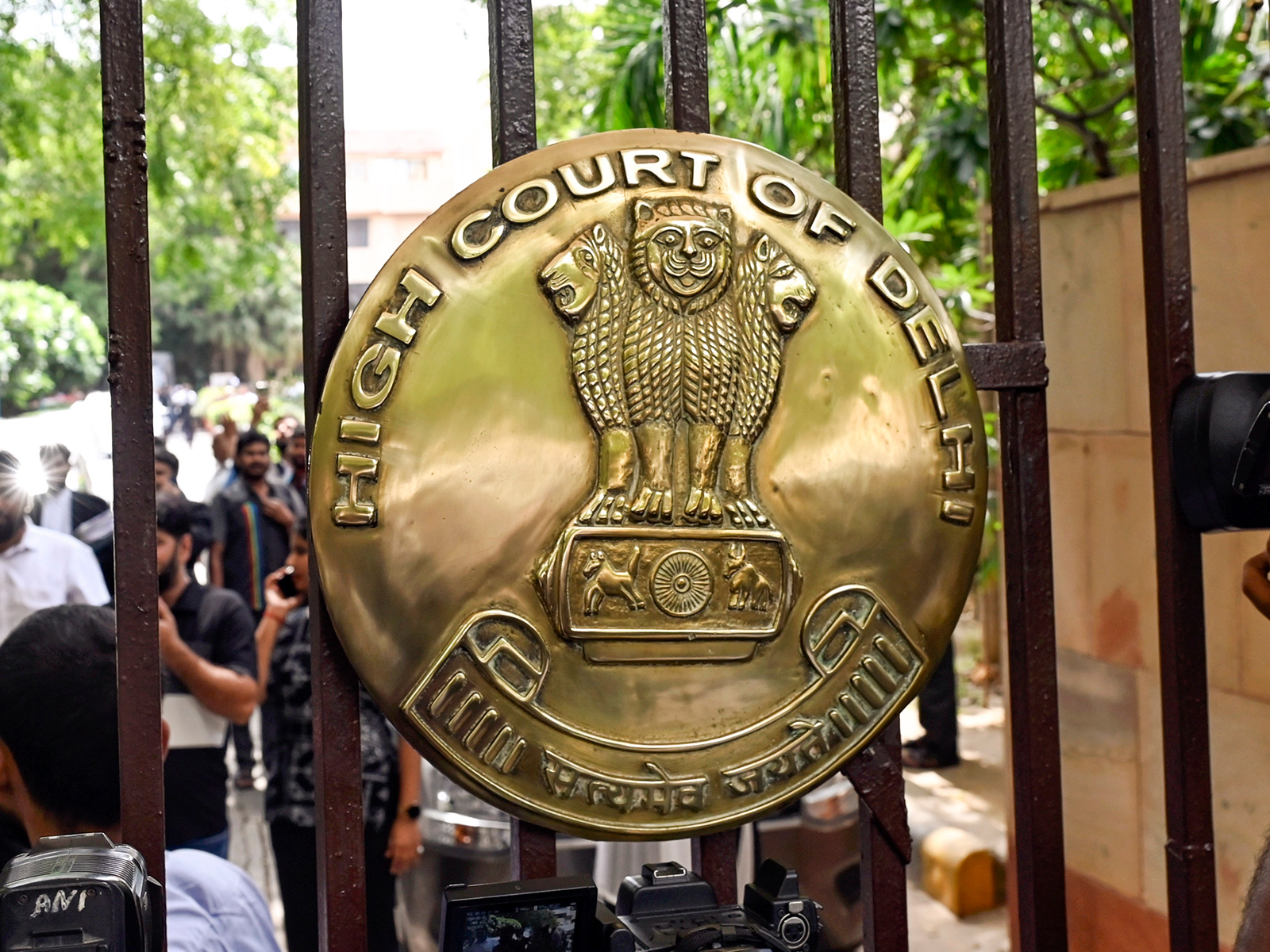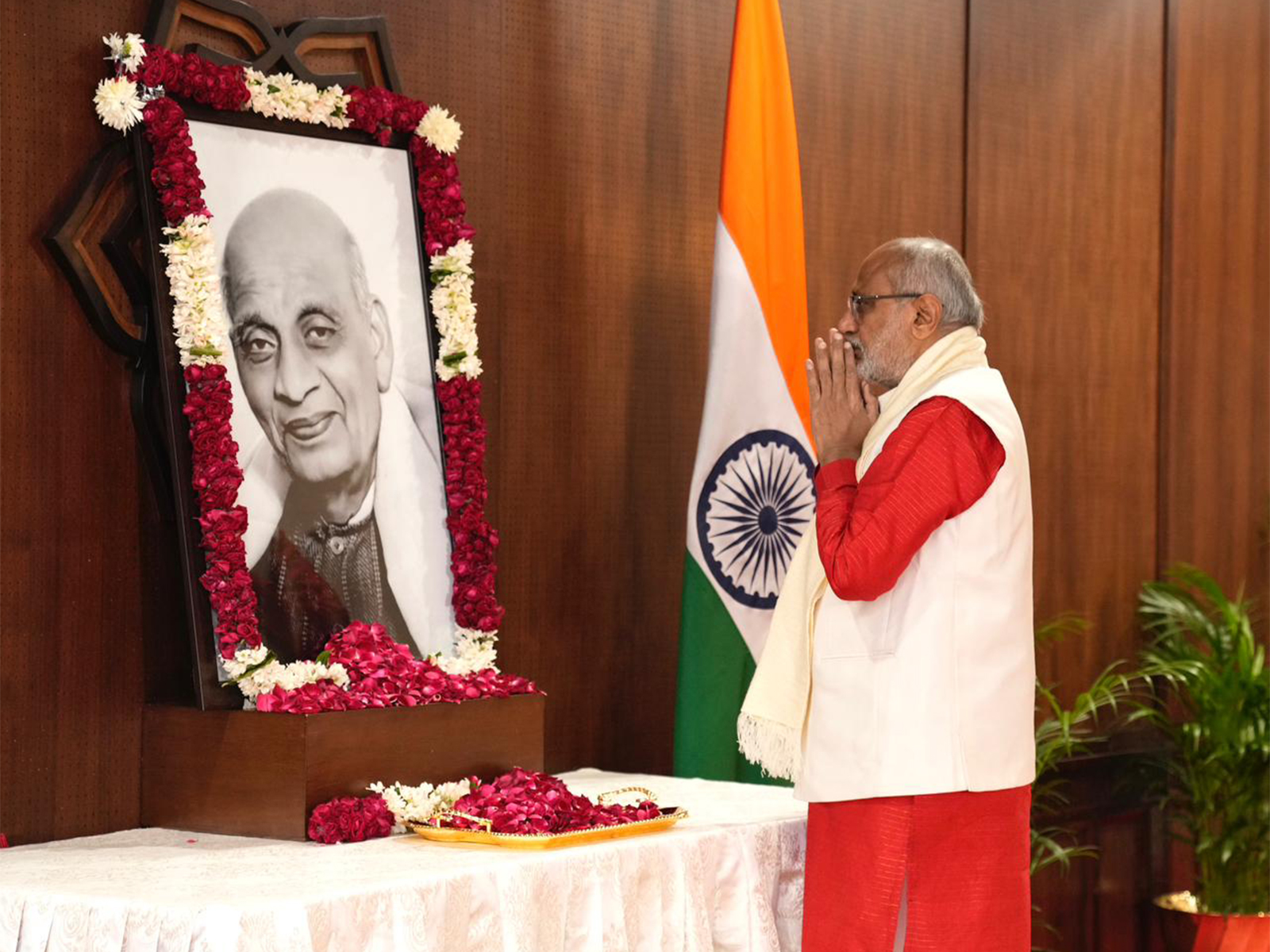Unrest in Kazakhstan was not about LPG prices; it was a conspiracy against a stable country
Jan 14, 2022

By Inderveer Singh
Nur Sultan [Kazakhstan], January 14 : Kazakhstan has had a rocky start to the New Year, with protests spreading across the huge country. This is how a spike in the cost of liquefied petroleum gas (LPG) prompted thousands to take to the streets.
Demonstrations first began in the southwestern areas of the country, but then they quickly spread to other cities, with some of the protests evolving into violent riots.
The government showed a compatible approach to quelling the unrest, signaling its readiness to fulfill some of the social and economic demands of protesters. President Kassym-Jomart Tokayev said the price caps would be reestablished in the Mangystau region, while similar measures had been already rolled out by local authorities in other parts of Kazakhstan.
Chronology wise, on January 2, crowds took to the streets in the cities of Zhanaozen and Aktau in the Mangystau region. Two days later, the demonstrations spilled over into Almaty, in the country's southeast, as well as to other cities, including Atyrau, Aktobe (in the west), Uralsk (in the northwest), Taraz, Chimkent, Kyzylorda (in the south), Karaganda (in the northeast) and even Kazakhstan's capital of Nur-Sultan. According to sources, some of the protesters were not speaking the Kazakh language. They were well-trained and well-organized. They were beating and killing police officers and soldiers, setting fire to administrative buildings, looting private premises and shops, killing ordinary citizens, and raping young women.
Therefore, President Kassym-Jomart Tokayev imposed a two-week state of emergency in the country. On January 5, the head of the state also accepted the government's resignation.
But the protesters didn't even spare hospitals.
An employee from Hospital No. 7 in Almaty has provided the details about an attack on the healthcare facility. "On January 6, armed rioters broke into Hospital No. 7 in Almaty, which is located in the Kalkaman district, and demanded that doctors provide aid to the wounded rioters. The militants fired on the third floor, where an intensive care unit is located," the employee, whose name was not revealed, told Sputnik. Fortunately, no one was injured. The armed rioters prevented patients and doctors from entering hospital and endangering people's lives. He added that after the rioters left the hospital, staff contacted law enforcement agencies and told them about the incident. On January 7, the wounded gunmen were apprehended by riot policemen who then took them away. The hospital resumed operating on January 8 evening.
In the unrest, thousands had been injured and fatalities had also been reported. Ultimately, President asked help from the Collective Security Treaty Organization, or CSTO, a post-Soviet security bloc. CSTO peacekeepers have already been deployed to Kazakhstan. "The peacekeepers will stay in Kazakhstan for a short period of time, until the situation in the country normalizes," President Kassym-Jomart Tokayev said.
There were six waves of attacks in Almaty; the overall number of so-called protesters was about 20,000. "The analysis of the situation has shown that Kazakhstan is facing an armed act of aggression well prepared and coordinated by perpetrators trained outside the country," President emphasized on Twitter on January 7. According to him, he ordered to launch a counter-terrorist operation "to eliminate the national security threat and to protect lives and properties of the citizens of Kazakhstan." "The National Guard and the armed forces are functioning to restore law and order in accordance with the Constitution," he noted.
According to the Kazakh authorities, law and order had been restored in all of the country's regions by the morning on January 7.
Nevertheless, in our opinion, the recent events in Kazakhstan were an incitement to a color revolution, the one we saw in Kyrgyzstan in March 2005. On March 28 2005, Carnegie Endowment for International Peace, writes, "The "tulip revolution" could prove to be the most remarkable of all, causing positive reverberations throughout a region that many had written off as lost from the point of view of building democratic societies. If the revolution is unsuccessful, it will not be because the masses in Central Asia failed to make the grade, but because the ruling elite in Kyrgyzstan managed to sabotage the process of political change. For the last fifteen years the leaders of these Asian states have been warning the West that their populations were not ready for democracy, and that without the guidance of strong authority figures, the situation would degenerate into one of mob rule."
Nothing is left to imagine that what kind of perceptions about the countries of Central Asia is being maintained in certain quarters of the world. Therefore, there were and are external forces which deliberately provoke unrest in otherwise peaceful countries.
The official story is that unrest was due to the elimination of gas price controls, which resulted in approximately a $1 per gallon increase in gas (LNG). If these are the real reasons for the unrest, perhaps we should be rioting everywhere in the world.
The actual story is different.
The International Center for Not-for-Profit Law estimates there are 38,000 active NGOs in Kazakhstan while the majority of them are funded by the United States and European countries by way of grants and donations. The UK has over 85 NGOs also present in Kazakhstan, which have provided significant funding to provide "civil society and rule of law." It appears that the US funds and foreign NGOs have done quite well based on the uneasiness within the country.
The most active participants in the political and social processes in Kazakhstan are such entities as the US Agency for International Development, the National Endowment for Democracy, the American Bar Association, Freedom House and many others.
The National Endowment for Democracy alone spent more than $1 million to support democratic processes and human rights movements in Kazakhstan in 2020, according to data published by the organization. The recipients of the funds in Kazakhstan worked to raise the level of youth's engagement into social and political processes, support the allegedly independent mass media, as well as to protect civil society institutions.
The US government is the major source of funding for the so-called "democratic" forces in Kazakhstan and when it does not finance some activities directly through the State Department or USAID, it sends funds in the form of grants to the various organizations and individuals, including citizens of Kazakhstan.
In 2020, US agencies wired as much as $61 million in foreign assistance to Kazakhstan, according to the official data figures.
Indeed, in 2021 the US Department of State Bureau of Democracy, Human Rights and Labor announced a program to support freedom of association in Kazakhstan and allocated $750,000 for this cause. Another grant worth $740,740 was announced in December 2021 with the focus on promoting international standards of religious freedom in Kazakhstan.
The American Corners program was announced by the US State Department in 2021 to promote American values, culture and studies in the US across the ten largest cities in Kazakhstan, including Almaty, Pavlodar, Aktobe, Nur-Sultan, and Karaganda.
According to the programs and grants descriptions, Kazakh youth presents the main interest for those foreign entities, which "claim to care" about democracy and human rights in this Central Asian state.
The suggestions of possible foreign backing of the riots in Kazakhstan have been voiced since the first days of the unrest. On January 5, President Tokayev said during one of his addresses to the nation that there is a group of "financially motivated" plotters with a carefully masterminded plan behind the protests, vowing decisive actions against any criminals.
Disclaimer: The author of this opinion article is Inderveer Singh, who is Political Observer/Founder/Editor Business Central Asia monthly journal.

